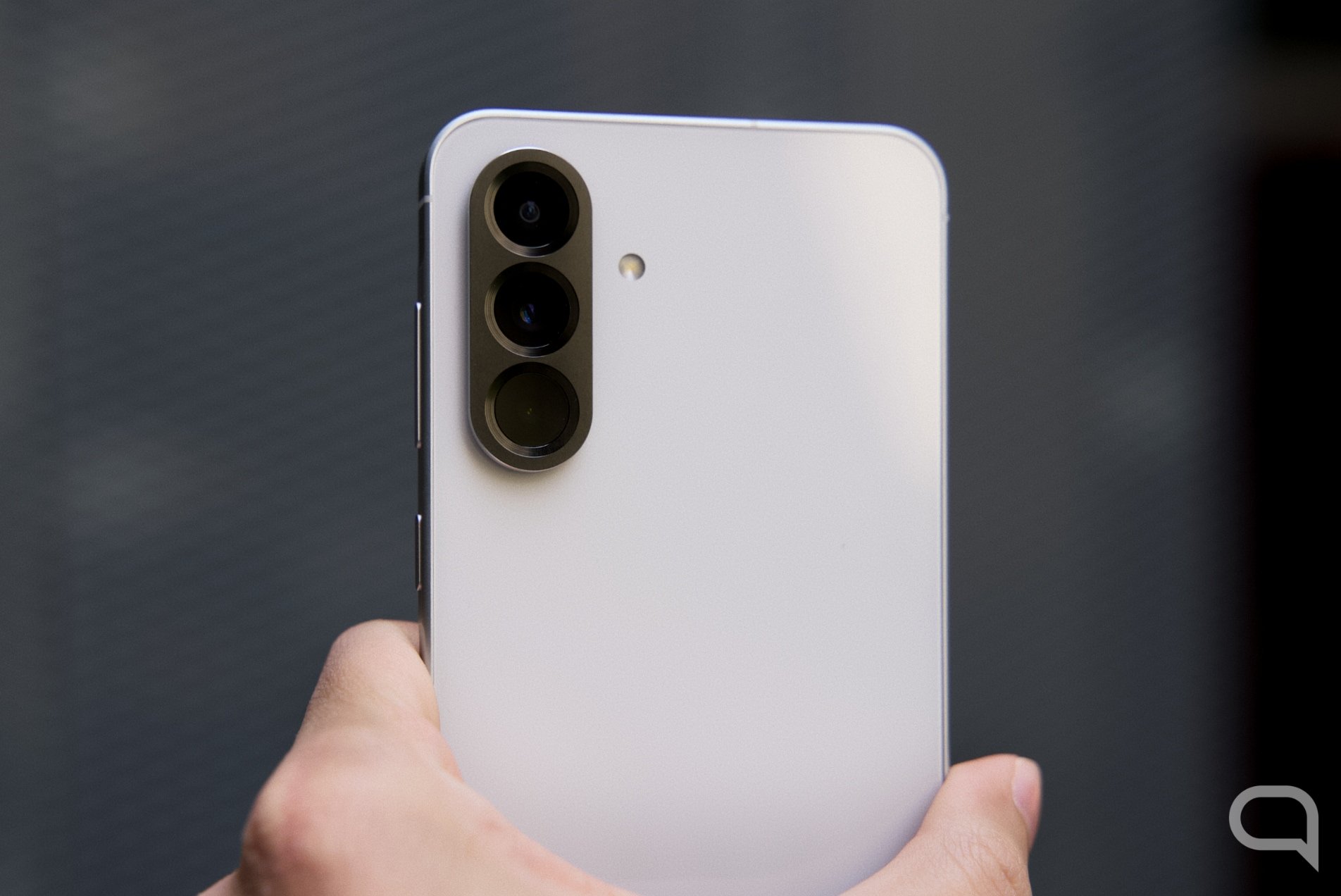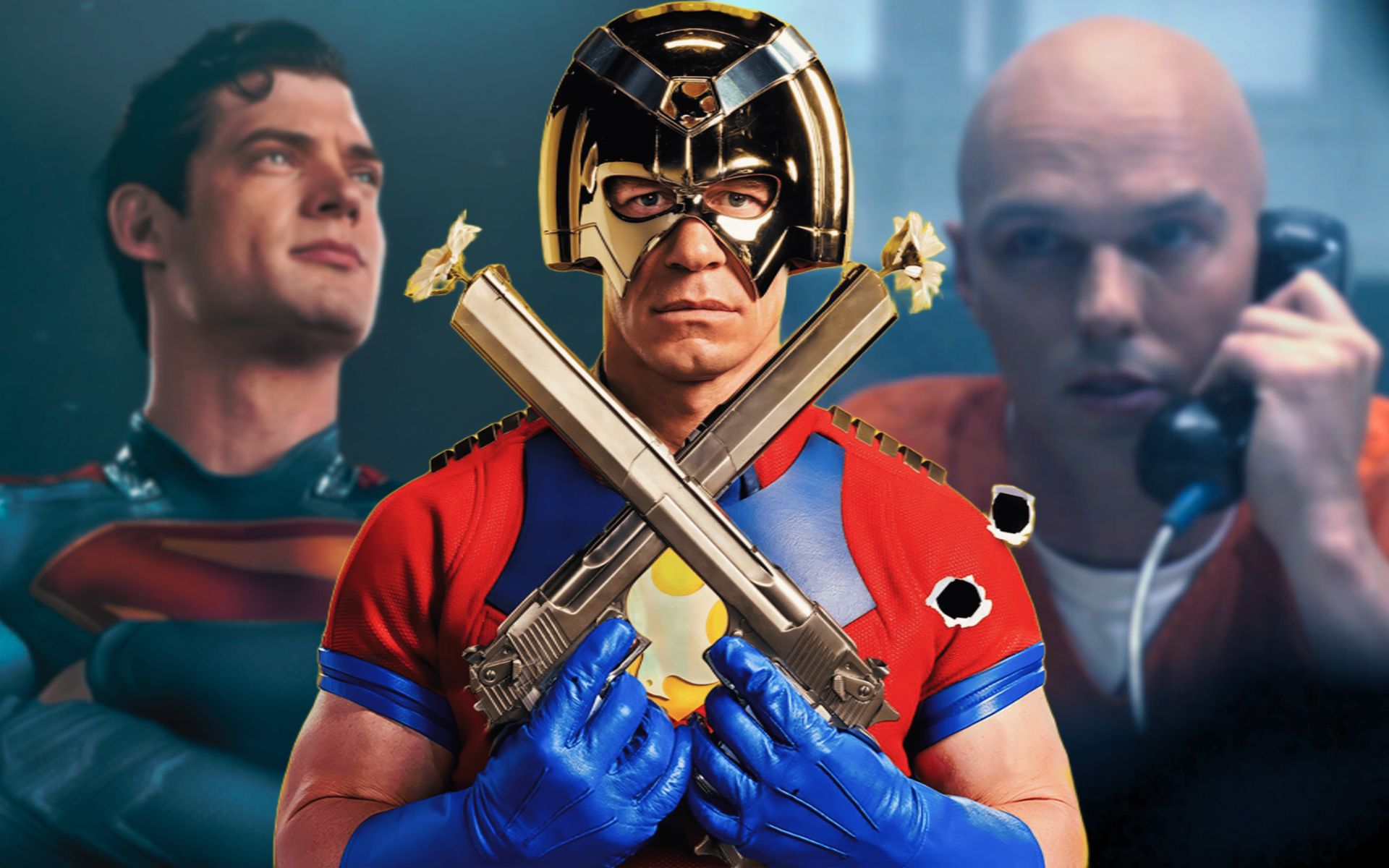He Love It’s in the brain. The image of romantic love is always the heart, and the organ that controls most of our loving behavior is the brain. And this happens gradually, going through several stages. When we start seeing that person we like so much, we experience euphoria. It becomes our first thought when we wake up and our last thought when we fall asleep. We feel almost dependent on his presence, we need to see it as many times as possible. AND We didn’t find any defects. How can it be?
We may think that when we start a relationship, we don’t show our flaws. But they exist. No matter how much shine there is in these early stages, we continue to make mistakes. Or, even if we don’t screw up, we continue to behave in ways that the other person will eventually come to regard as defects. What happens is that at first we don’t see them because our brain masks them.
If love is in the brain, it’s because evolutionarily it is convenient for us to fall in love. Well, actually the best thing for us is to reproduce, but before that it would be nice to have at least a couple of kisses. Therefore, it is important that we do not see anything in the other person that makes us run away. This is one of the tasks of the brain.
Love is in the brain… and it sticks
It’s great to talk about love as something spiritual or mystical, but in reality love It’s a chemical cocktail. When we fall in love, a large number of substances are released and physiological mechanisms are activated that are responsible for everything we feel. We say love is in the brain because many of these substances neurotransmitterswhich transmit messages through the brain, causing different responses depending on the area they reach.
One of the most important is dopamine. Once our brain interprets that we like the person we see, it triggers the release of this neurotransmitter, which is necessary for something known as reward systems. These systems are primarily aimed at nucleus accumbensin which the response is generated in the form pleasure. It’s called the reward system because that’s essentially its function: to reward us for what, from an evolutionary point of view, might be beneficial for us.
For example, when we eat a donut or a hamburger, we experience great pleasure. It’s true that they are not health foods. However, they provide us with a lot of calories. This means they provide us with a lot of energy, which is evolutionarily necessary. Our brain only interprets it free sugar and saturated fat They do not care. When we feel pleasure, we want more, so we give the body more energy. This is what the brain is looking for.
The same thing happens with sex. This is nice because it leaves us wanting more and it will be easier for us to reproduce and perpetuate the human race.
Its role depends
All of these activities stimulate the reward system, which stimulates the release of dopamine, making us feel pleasure and want to repeat. Unfortunately, Drugs hack our brain so that these regions are also stimulated. They don’t bring us any evolutionary benefit, but they give us pleasure. So much so that the brain becomes stable. To create this feeling, you need more and more dopamine. This is how addictions begin.
The sight of a person we like also stimulates the release of dopamine and affects the nucleus accumbens, causing pleasure. This is why we say that love is in the brain and, moreover, it touches.
Okay, but why don’t we see the flaws?
Dopamine does not only go to the nucleus accumbens. It also travels through other areas of the brain. For example, in hippocampusRelated to Memory, helps to cement those wonderful memories from the very beginning. This is the reason why we never forget the first kiss or why, when leaving it with a person, we cannot forget the happy moments in the beginning.
On the other hand, dopamine travels to the prefrontal cortex. This region plays a key role in the control of higher cognitive functions, as well as personality, behavior and working memory. Form who we are, how we behave and what we like. In this case, dopamine does not stimulate it, but, on the contrary, reduces its activity. This way, if the other person does something we don’t usually like, it will go unnoticed. We only consider the good. Thus, our brain achieves this: we will want to continue to see this potential partner.
Other phases of falling in love
All this that we have seen so far is happening in The first phases of falling in love. After this we can continue to say that love is in the brain, but it is a different kind of love. We no longer experience that euphoria from the start, but we feel a strong attachment to that person. We see all his shortcomings, but decided that his advantages compensate us.
At this point, dopamine has already done its job and is oxytocin the one that comes into play. There are those who know it as the love hormone as it plays a very important role in lasting love. But not only in romantic love. Also in love between parents and children, for example. Women in the later stages of pregnancy and during childbirth experience a sudden increase in oxytocin levels, which promotes uterine contractions, as well as attachment to your baby.
Oxytocin creates bonds, so it plays an important role in this calm love. This romantic love of sixty-year-old couples who walk down the street holding hands and looking at each other like fifteen-year-olds. The love that almost everyone strives for. Truly the best gift Valentine’s Day It’s knowing that one day both brains will be flooded with oxytocin.
Source: Hiper Textual














